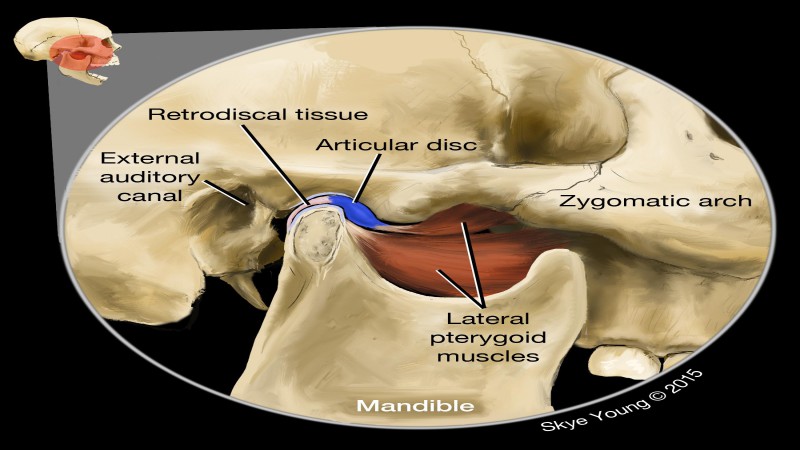TMJ or the Temporomandibular Joint is the joint that connects your jawbone to your skull and is located on both sides of your jaw. The disorder related to the TMJ essentially results in sharp pain in and around the area, especially when the joint or the muscles around it engage in any sort of movement.
Though the pain might be a little too unbearable at times, TMJ disorder can almost always be treated non-surgically with home remedies, lifestyle changes, as well as medication. But, it must be properly diagnosed with TMJ x-rays. Surgery is only suggested in cases that are severe. Hence, seeing a doctor as soon as you notice the slightest of discomfort is always a good thing.
What Causes TMJ Disorders?
There is no definite answer as to why TMJ disorders occur among people. There can be multiple reasons including arthritis, jaw injury, bruxism or even a consequence of excessive grinding and clenching of the teeth. Other factors also include extreme stress or anxiety, application of orthodontic braces, poor posture and also excessive gum chewing.
The Symptoms
TMJ disorders must be diagnosed well in time so that no further damage occurs and it can be treated right away. If you feel that you need to get the TMJ joint checked, keep these symptoms in mind and don’t hold back from going to the doctor or your dentist. Varied symptoms that need a diagnosis to be confirmed as a TMJ disorder include:
- Pain or tenderness in the area
- Toothache around that area
- Discomfort in the ears accompanied by a cracking, ringing or popping sounds
- Headaches or dizziness
- Swelling in the temple region of the face
- Locking of the jaw
The Diagnosis
Once you experience one or more of the above symptoms, it is extremely necessary to visit the doctor to get it diagnosed. After a thorough examination of the jaw in person, the doctor or dentist usually suggests the following ways for a conclusive diagnosis.
- TMJ X-rays which are specific to the maxillofacial region where the joint is located, in order to examine both your teeth as well as your jaw, to see if there is any anomaly. This is usually the first and most widely used method that you can directly resort to as soon as you start feeling any pain or discomfort.
- CBCT Scans that provide a more detailed image of all the bones that are involved in the movement of the joint.
- MRI’s in cases where the pain is slightly severe and perpetual, wherein imaging of the joint as well as the soft tissue around it is analyzed.
With these methods of diagnosis, treatment can be put into effect almost immediately, giving patients a better chance at combating the disorder in just a matter of time.

